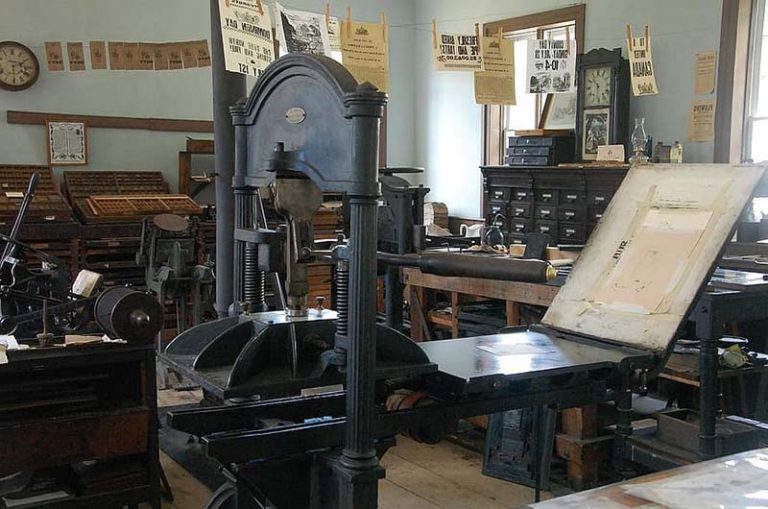In this reading, Carey applies Mosco’s approach to political economic analysis (commodity, spatialization, structuration) through his exploration of the introduction of the telegraph. He clearly shows how the telegraph allows information to move independently and faster than products. It also forced prices to become uniform in space and markets to no longer be bound by locality, stripping these markets of any peculiarity. It also meant commodities were separated from the physical receipt and the creation of standardized grading systems. Where communication and transportation were once synonymous, the telegraph split them as concepts. Carey extrapolates this to show how space and time become instruments of a commodity governed by impersonal standards. This new technology not only changed the practical way communication took place, it change the way people thought about communication itself. This became manefest in a host of ways. He shows how the telegraph gutted the language used by journalists, turning reporting into an objective act stripped of any analysis or context and simply a recording of facts adaptable to any newspaper. He also demonstrates how the ability to transmit messages quicker than physical goods meant economic transactions could take place without actually receiving or seeing the goods themselves, creating economic opportunity for profit undreamed of previously. This agenda then dominated any future considerations as capitalists sought to introduce standard time zones. This extended beyond economic control and into the social realm. It meant a loss of localness (since every region had its own method of determining local time), it meant Sundays were no longer as holy (newspapers began printing editions), and night time could be used to generate additional revenue (as radio and television stations began broadcasting 24 hours per day).
If political economic analysis is meant to help us understand the social and economic ramifications of different structures, then Carey fulfills this objective. We see how a new technology is exploited to create massive change resulting in surplus profit, as well as major social restructuring. The economic impact is large and subtle. Using the example of newsrooms, Carey shows how labour is altered with the introduction of new writing styles, new forms of news judgment, the introduction of objectivity and the ability to carry more immediate information from places farther away. Carey is also able to demonstrate how the ability to move commodities is transformed by the telegraph, where the physical commodity is removed from the economic transaction. Grain can be bought and sold (and even speculated on) in Chicago without anyone ever seeing the actual grain itself. This also objectifies the buyer/seller relationship, making the transactions more “scientific” than personal. But as space is compress and time more oppressive, the social implications are also felt as local distinctiveness is lost and workers become more driven by scheduling. Governments are decentralized and there is little or no intervention to stop any of these changes. Reading habits and viewing habits are ultimately transformed when it comes to consuming the media of the day.
First posted: 7/17/07

